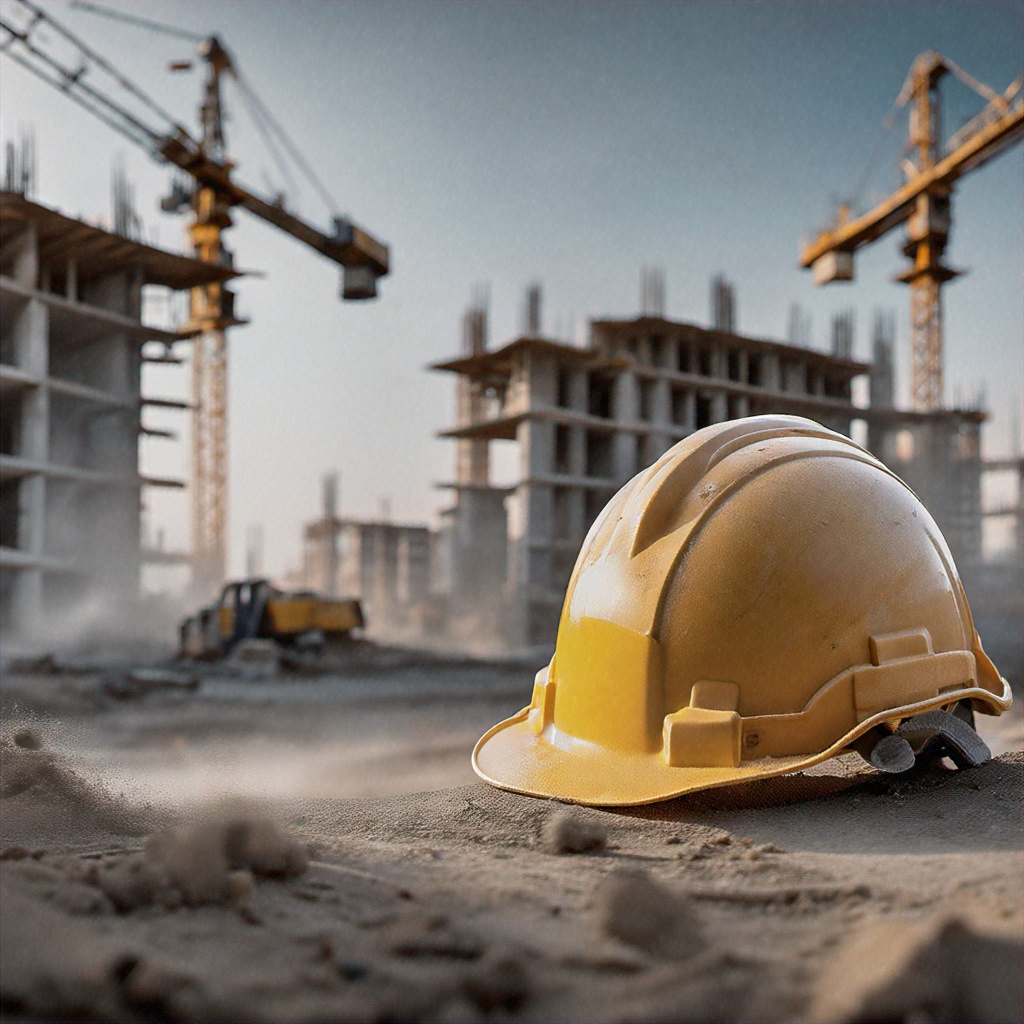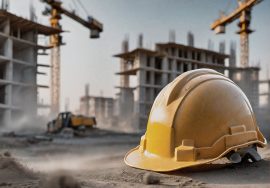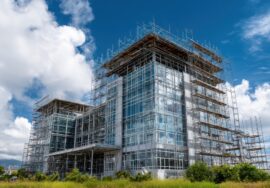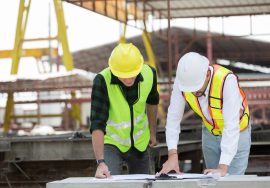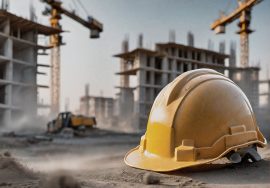Resilient City Planning: Building Sustainable and Adaptive Urban Spaces
Resilient City Planning: Building Sustainable and Adaptive Urban Spaces
As climate change, rapid urbanization, and environmental challenges continue to shape our world, cities must evolve to become more resilient, adaptive, and sustainable. Resilient city planning ensures that urban areas can withstand shocks such as extreme weather, resource shortages, and economic disruptions while continuing to thrive.
This blog explores the key principles of resilient city planning, innovative strategies, and how cities can future-proof themselves against emerging challenges.
What Is Resilient City Planning?
Resilient city planning is an urban development approach that focuses on:
- Climate adaptation – Preparing for rising temperatures, floods, and storms
- Sustainable infrastructure – Using eco-friendly materials and smart design
- Efficient resource management – Conserving water, energy, and land
- Inclusive urban growth – Ensuring equitable access to services for all citizens
By integrating these strategies, cities can remain functional, livable, and safe, even in the face of crises.
Key Strategies for Resilient City Planning
1. Climate-Responsive Infrastructure
Cities must develop infrastructure that can withstand climate-related events like flooding, droughts, and heatwaves.
Examples include:
- Permeable pavements to reduce urban flooding
- Green roofs and vertical gardens to lower city temperatures
- Stormwater management systems to prevent waterlogging
🔹 Example: Chennai has adopted sponge city concepts by improving stormwater drainage and restoring urban lakes to manage monsoon floods effectively.
2. Smart and Sustainable Transportation
A resilient city prioritizes public transport, non-motorized mobility, and low-carbon alternatives to reduce emissions and traffic congestion.
Key measures include:
- Expansion of metro rail and electric bus networks
- Pedestrian-friendly streets and cycling lanes
- Incentives for electric vehicles (EVs) and shared mobility services
🔹 Example: Pune’s Bus Rapid Transit System (BRTS) and public bicycle-sharing program have significantly improved urban mobility.
3. Green and Low-Carbon Buildings
Urban spaces need energy-efficient and disaster-resistant buildings that minimize environmental impact.
Sustainable building solutions include:
- LEED-certified designs with smart energy use
- Passive cooling techniques for natural ventilation
- Recycled and locally sourced construction materials
🔹 Example: The ITC Green Centre in Gurgaon is one of India’s highest-rated LEED Platinum buildings, demonstrating energy efficiency and water conservation.
4. Water Conservation and Management
With water scarcity a growing concern, cities must adopt strategies to conserve, recycle, and efficiently manage water.
Effective solutions include:
- Rainwater harvesting and recharge wells
- Smart water meters to monitor consumption
- Wastewater recycling for non-potable uses
🔹 Example: Bengaluru mandates rainwater harvesting systems in buildings to boost groundwater levels and reduce water dependence.
5. Renewable Energy Integration
Cities need to shift from fossil fuels to solar, wind, and biomass energy to ensure energy security and reduce carbon emissions.
Sustainable energy solutions include:
- Rooftop solar panels on residential and commercial buildings
- Smart grids for decentralized energy distribution
- Waste-to-energy plants for clean electricity generation
🔹 Example: The Gujarat Solar Park has made Gujarat one of India’s leading states in renewable energy adoption.
6. Disaster Preparedness and Risk Reduction
Resilient cities must be prepared for natural disasters such as earthquakes, cyclones, and heatwaves.
Disaster resilience measures include:
- Early warning systems for floods and extreme weather
- Resilient housing in vulnerable areas
- Community-led disaster preparedness programs
🔹 Example: Odisha’s disaster management strategy has significantly improved cyclone preparedness, saving lives during extreme weather events.

Benefits of Resilient City Planning
1. Climate Change Adaptation
Resilient cities are better equipped to handle rising temperatures, heavy rainfall, and extreme events.
2. Economic Stability and Growth
Sustainable planning attracts green investments, creates jobs, and reduces disaster-related economic losses.
3. Healthier and Safer Communities
Cleaner air, better transport, and green spaces improve public health and overall quality of life.
4. Efficient Resource Utilization
Smart planning ensures optimal use of water, energy, and land, reducing urban waste and pollution.
India’s Initiatives for Resilient City Planning
India has launched multiple initiatives to promote sustainable urban development:
- Smart Cities Mission – Integrating technology for efficient city management
- AMRUT (Atal Mission for Rejuvenation and Urban Transformation) – Improving water supply and sanitation
- National Adaptation Fund for Climate Change (NAFCC) – Supporting climate resilience projects
- Swachh Bharat Mission – Enhancing urban sanitation and waste management
For organizations and urban planners looking to implement resilient city solutions, expert guidance is essential. Contact us to explore customized sustainability strategies.
Conclusion
Resilient city planning is essential for building sustainable, livable, and future-ready urban environments. By adopting green infrastructure, climate-smart solutions, and efficient resource management, cities can thrive despite global challenges. A resilient city is not only prepared for the future but also ensures a better quality of life for its residents today.
Construction Industry in India
- One of India’s largest construction and engineering companies, Campus Construction Cost Optimization provides services including project management, cost control, and engineering consultancy. For detailed information on their offerings, visit. Construction Industry in India
Read more related articles to enhance your knowledge and make informed decisions
10 Essential Steps in the Building Construction Process
How to Choose the Right Materials for Your Construction Project
